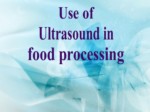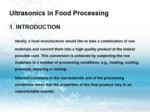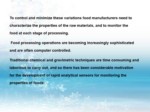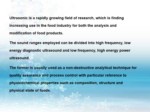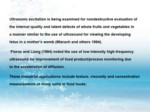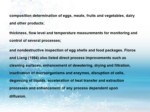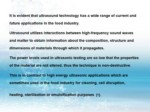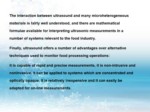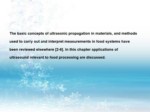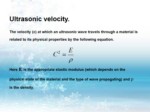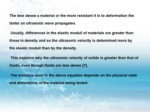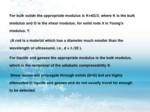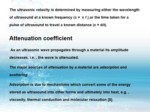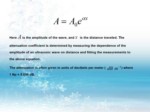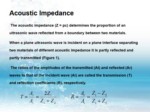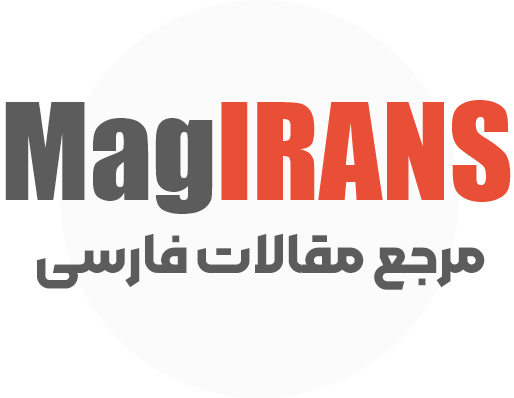بخشی از پاورپوینت
--- پاورپوینت شامل تصاویر میباشد ----
اسلاید 1 :
Ultrasonics in Food Processing
- INTRODUCTION
Ideally, a food manufacturer would like to take a combination of raw materials and convert them into a high quality product at the lowest possible cost. This conversion is achieved by subjecting the raw materials to a number of processing conditions, e.g., heating, cooling, pressure, shearing or mixing.
Inherent variations in the raw materials and of the processing conditions mean that the properties of the final product vary in an unpredictable manner.
اسلاید 2 :
To control and minimize these variations food manufacturers need to characterize the properties of the raw materials, and to monitor the food at each stage of processing.
Food processing operations are becoming increasingly sophisticated and are often computer controlled.
Traditional chemical and gravimetric techniques are time consuming and laborious to carry out, and so there has been considerable motivation for the development of rapid analytical sensors for monitoring the properties of foods.
اسلاید 3 :
Ultrasonic is a rapidly growing field of research, which is finding increasing use in the food industry for both the analysis and modification of food products.
The sound ranges employed can be divided into high frequency, low energy diagnostic ultrasound and low frequency, high energy power ultrasound.
The former is usually used as a non-destructive analytical technique for quality assurance and process control with particular reference to physicochemical properties such as composition, structure and physical state of foods.
اسلاید 4 :
Definition, Description and Applications
The definition of ultrasound is energy generated by sound waves of 20,000 or more vibrations per second. Presently, most developments of ultrasonics (sonication) for food applications are nonmicrobial in nature (Hoover 1997).
High frequencies in the range of 0.1 to 20 MHz, pulsed operation and low power levels (100 mW) are used for nondestructive testing (Gunasekaran and Chiyung1994).
اسلاید 5 :
Ultrasonic excitation is being examined for nondestructive evaluation of the internal quality and latent defects of whole fruits and vegetables in a manner similar to the use of ultrasound for viewing the developing fetus in a mother's womb (Mizrach and others 1994).
Floros and Liang (1994) noted the use of low intensity high-frequency ultrasound for improvement of food product/process monitoring due to the acceleration of diffusion.
These industrial applications include texture, viscosity and concentration measurements of many solid or fluid foods;
اسلاید 6 :
composition determination of eggs, meats, fruits and vegetables, dairy and other products;
thickness, flow level and temperature measurements for monitoring and control of several processes;
and nondestructive inspection of egg shells and food packages. Floros and Liang (1994) also listed direct process improvements such as cleaning surfaces, enhancement of dewatering, drying and filtration, inactivation of microorganisms and enzymes, disruption of cells, degassing of liquids, acceleration of heat transfer and extraction processes and enhancement of any process dependent upon diffusion.
اسلاید 7 :
It is evident that ultrasound technology has a wide range of current and future applications in the food industry.
Ultrasound utilizes interactions between high-frequency sound waves and matter to obtain information about the composition, structure and dimensions of materials through which it propagates.
The power levels used in ultrasonic testing are so low that the properties of the material are not altered, thus the technique is non-destructive.
This is in contrast to high energy ultrasonic applications which are sometimes used in the food industry for cleaning, cell disruption, heating, sterilization or emulsification purposes[1].
اسلاید 8 :
A wide variety of different applications of ultrasound to foods have been developed over the past 50 years or so, reflecting the diversity and complexity of food materials, and the versatility of the ultrasonic technique [2-6].
Even so, ultrasound has still not found wide spread use in monitoring food processing operations. This situation will almost certainly change in the near future.
Advances in microelectronics have made available sophisticated electronic instrumentation capable of making accurate ultrasonic measurements at relatively low-cost.
اسلاید 9 :
The interaction between ultrasound and many microheterogeneous materials is fairly well understood, and there are mathematical formulae available for interpreting ultrasonic measurements in a number of systems relevant to the food industry.
Finally, ultrasound offers a number of advantages over alternative techniques used to monitor food processing operations:
it is capable of rapid and precise measurements, it is non-intrusive and noninvasive, it can be applied to systems which are concentrated and optically opaque, it is relatively inexpensive and it can easily be adapted for on-line measurements.
اسلاید 10 :
The basic concepts of ultrasonic propagation in materials, and methods used to carry out and interpret measurements in food systems have been reviewed elsewhere [2-6]. In this chapter applications of ultrasound relevant to food processing are discussed.


